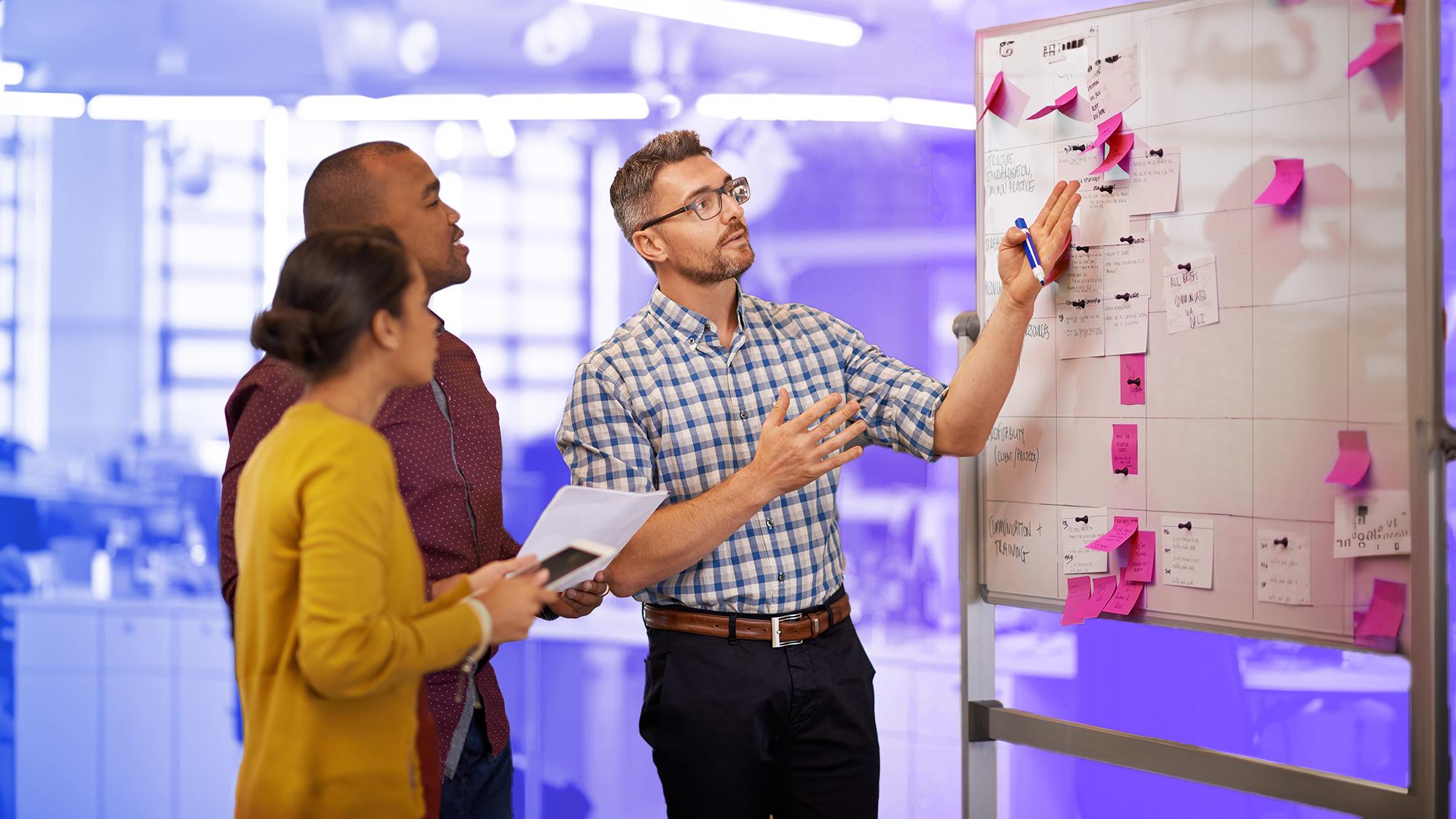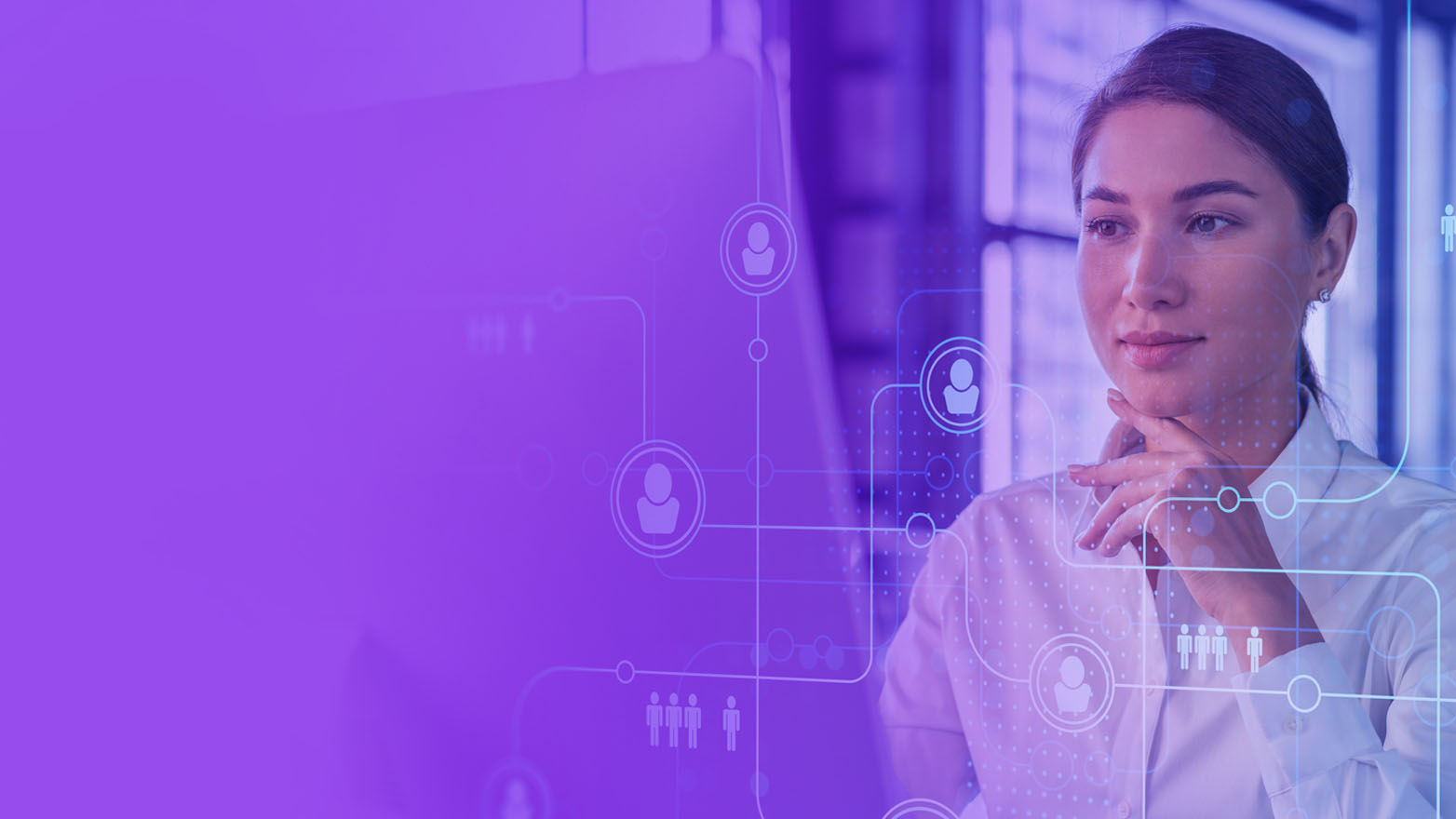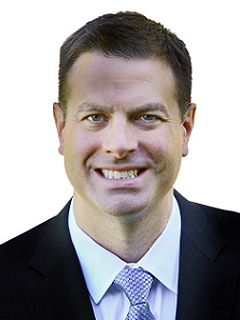Unleashing workforce transformation with GenAI
Leading with people is critical to successful GenAI adoption. Our new report outlines a four-step framework to guide organizations.


Estimated read time: 3-4 minutes
Generative artificial intelligence (GenAI) is one of the most exciting new technologies in decades. But it’s more than a dramatic advance in how technology works. GenAI is also uniquely positioned to fundamentally transform how people work—empowering a more productive, innovative, and efficient workforce that creates new value for organizations.
Indeed, nearly two-thirds (65%) of U.S. executives1 surveyed believe GenAI will have a high or extremely high impact on their organization—including for the workforce—in the next three to five years. Yet nearly the same percentage, 60%, say they are still a year or two away from implementing their first generative AI solution.
To unlock this transformative potential, companies will need well-designed GenAI execution plans that are people-first and technology-enabled. They must commit to a thorough review and reevaluation of their current workforce operating models, with nothing off-limits or untouchable.
This organization-wide lens will sharpen an overall enterprise strategy on GenAI workforce enablement that can help companies identify, prioritize, and operationalize a wide range of opportunities, as we outline in a new KPMG report.
Here are some of the highlights from our report, which includes a detailed roadmap for workforce transformation and a look at the innovation mandate for human resources (HR) teams.
A framework for success
GenAI is a quantum leap within the broader AI universe. Traditional AI and machine learning have long excelled at delivering quantitative muscle to process enormous amounts of data and automate time-draining tasks. But GenAI adds robust new qualitative firepower through its ability to generate human-level insights, analyses, and recommendations—and to continue to learn and adapt as it goes.
This technology-driven knowledge enhancement is precisely what makes GenAI so ideally suited to elevate how people work—faster, smarter, better—and especially for primarily knowledge-based workers. The challenge is to harness that potential and thoughtfully incorporate GenAI into the workforce.
Leading companies are doing that with a holistic approach to deployment that emphasizes cross-functional collaboration, steadily expanding capabilities, and responsible governance. This emerging framework for workforce transformation focuses on four key areas, as we detail in our new report. A snapshot of the big four:

1. Identifying capabilities, roles, and enablers:
- Key steps: Identify roles where GenAI can have the most impact; deconstruct job responsibilities to target tasks best suited for GenAI optimization; invest in workforce training and upskilling.
- Success factors: Ensure existing technology and data infrastructures can support GenAI’s unique needs.

2. Addressing risk and compliance:
- Key steps: Review and update data privacy policies to meet GenAI requirements; establish ongoing governance, with both internal and external monitoring; stay on top of AI regulatory and compliance obligations in all relevant jurisdictions.
- Success factors: Ensure AI/GenAI systems are designed and deployed in a way that meets all relevant legal and ethical frameworks.

3. Activating role augmentation:
- Key steps: Ensure that solutions are uniquely suited to optimize specific roles—this is not a one-size-fits-all approach; continuously evaluate vendor offerings and nurture relationships with top providers; run pilots for validation before scaling new capabilities.
- Success factors: Empower current staff with robust training, recruit new talent with GenAI expertise.

4. Capturing value:
- Key steps: Prioritize GenAI investments based on the financial impact of associated roles; translate productivity and capacity gains into quantifiable savings; anticipate and activate organizational changes in close coordination with employees.
- Success factors: Establish clear return on investment models that frame GenAI’s often significant investment requirements with quantifiable savings.
A human-centric shift
The “people-first” mantra for GenAI workforce transformation is a critical point of emphasis. Many enterprise transformation initiatives over the last decade have led with technology, focusing on expanding digital tools and technologies to enhance an organization’s systems and infrastructures.
But GenAI changes how people work, not just the technologies they use. It’s a major enterprise initiative that will require organizations to move from a technology-centric focus to a human-experience approach.
By focusing on people and their role-specific tasks, companies can tap into GenAI’s massive potential to enhance worker productivity, capacity, and experience. Unlike technology-driven transformations, GenAI targets creative, analytical, and consultative tasks, which will require adjusting operating models to ensure sustainable success.
This human-centric approach to GenAI deployment and adoption benefits from several key strategies, as KPMG has seen in our own work with clients on GenAI workforce initiatives:
1
2
3
The HR imperative
HR must play a pivotal role in designing and driving GenAI workforce transformation. Successful implementation will require clear communication with all employees to navigate their concerns, expand their capabilities, and ensure they understand the organization’s overall goals.
Subscribe to receive the KPMG Opportunity (In)sight Newsletter
Turn insight into opportunity with unique perspectives and actionable insights addressing the burning issues atop the C-suite agenda. Delivered monthly.
In many ways, GenAI will transform HR itself. During this transitional period, HR can be an innovation leader, driving new ways of thinking, unwinding outdated structures, and always leading with a human-centric approach.
There will certainly be some disruptions along the way. Redefining roles, org structures, and how teams are aligned can be notoriously tricky. But this is not a time to sit on the sidelines until “things settle down.” GenAI and its related opportunities are moving quickly—and the transformation of the workforce has already begun.
Footnotes:
Explore more insights and opportunities:

How GenAI can transform employee learning and development
Learn how KPMG can help you use GenAI to revolutionize the way corporate learning and development is created and delivered.

HR holds the keys to creating value from generative AI
Only workforce transformation can deliver the technology’s true operational benefits

GenAI is reshaping work and the workforce
Learn how KPMG can help you transition from a technology-centric approach to a human-experience perspective in the age of GenAI.
Meet our team
